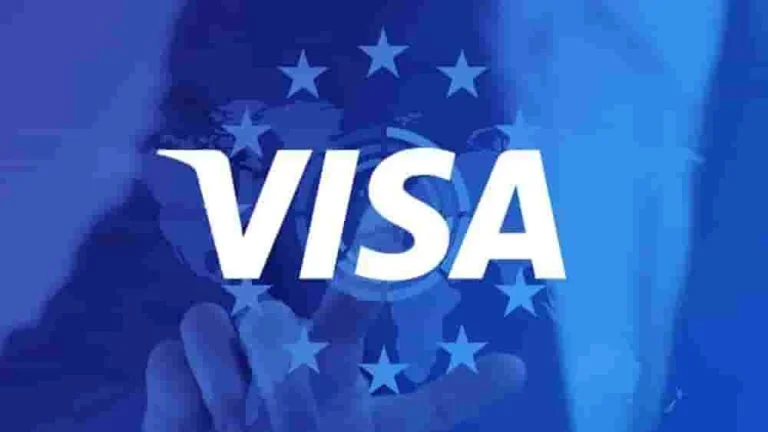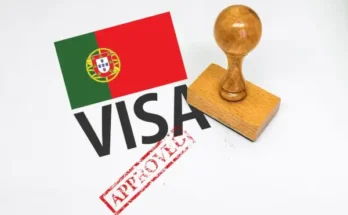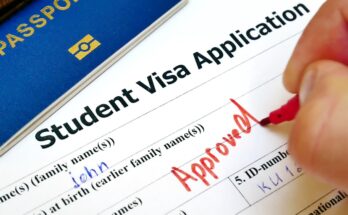1.1 What is the Pak SM Italy Visa?
The Pak SM Italy Visa is a travel document designed to facilitate entry into Italy for short stays. This visa serves various purposes, primarily aimed at tourists, business travelers, and individuals visiting family or friends.
- Eligibility Criteria: To apply for the Pak SM Italy Visa, applicants must meet certain criteria such as having a valid passport, proof of onward travel, and sufficient financial means to support their stay.
- Types of Activities Allowed: This visa allows activities like tourism, attending business meetings, or visiting friends and family, making it a versatile option for many travelers.
1.2 Why Choose the Pak SM Italy Visa?
The Pak SM Italy Visa offers numerous benefits that make it an appealing option for travelers:
- Benefits of Traveling to Italy: With this visa, you can explore the rich history, beautiful landscapes, and vibrant culture of Italy without a long-term commitment.
- Comparison with Other Visa Types: Unlike some long-term visas that have strict requirements and lengthy processes, the Pak SM visa is generally quicker and easier to obtain.
- Common Reasons for Applying: Travelers often apply for this visa to take a vacation, attend a conference, or reconnect with friends and family.
1.3 Overview of the Application Process
Applying for the Pak SM Italy Visa involves a series of steps:
- Key Phases of the Application Journey: The application process includes gathering documents, submitting them, and waiting for processing.
- Estimated Timelines for Processing: Typically, processing can take anywhere from 15 to 30 days, though this can vary based on the embassy.
- Initial Checks Before Starting the Application: Before you dive in, ensure you have all your documents ready and meet the eligibility criteria.
2 Preparing Your Application
2.1 Required Documentation
When applying for the Pak SM Italy Visa, you’ll need a few essential documents:
- A valid passport with at least six months of validity remaining.
- Completed application form.
- Recent passport-sized photographs.
- Proof of accommodation in Italy, such as hotel reservations.
- Travel itinerary, including flight tickets.
- Proof of financial means (like bank statements).
Having proof of funds and accommodation is crucial to show you can support yourself during your stay.
2.2 Completing the Application Form
Filling out the application form correctly is vital:
- Step-by-step Guidance: Begin with your personal information, followed by details on your travel plans and purpose of visiting Italy.
- Common Errors to Avoid: Double-check your passport number and personal information to avoid discrepancies that could lead to delays.
- Tips for Providing Clear and Accurate Information: Write clearly, avoid abbreviations, and ensure all information matches your supporting documents.
2.3 Understanding Application Fees
It’s important to know the costs involved:
- Breakdown of the Costs: The visa fee can vary, but generally ranges between €60 and €100, depending on your nationality.
- Methods of Payment Accepted: Payments are usually accepted via credit card, bank transfer, or sometimes cash at the embassy.
- Information on Fee Waivers and Exemptions: Certain applicants, like students or minors, may be eligible for reduced fees.
3 Submitting Your Application
3.1 Choosing the Right Application Method
You have a few options for submitting your application:
- Options for Submitting Your Application: You can apply online, in-person at the local embassy, or sometimes by post.
- Advantages and Disadvantages of Each Method: Online applications may be quicker, while in-person submissions allow for direct interaction.
- Preparing for a Face-to-Face Appointment: If you choose the in-person option, prepare your documents and be ready to answer questions about your travel plans.
3.2 Tracking Your Application Status
After submission, you’ll want to keep an eye on your application:
- How to Check the Status of Your Visa Application: Most embassies offer online status tracking tools.
- What to Do if Your Application is Delayed: If you experience delays, check the embassy’s website for tips on next steps.
- Contact Points for Inquiries During the Waiting Period: Don’t hesitate to reach out to the embassy for updates—most are willing to assist.
3.3 Responding to Additional Requests
Sometimes, additional information might be required:
- Understanding Possible Requests for Additional Documentation: Always respond promptly to requests to avoid delays.
- Steps to Take if an Interview is Scheduled: Prepare by reviewing your application and being ready to discuss your travel plans.
- Tips for Preparing for Any Follow-up Communications: Keep all documentation organized and have digital copies available if needed.
4 Arrival in Italy
4.1 What to Expect at Immigration
Upon arrival, you’ll go through a few standard procedures:
- Overview of the Immigration Process Upon Arrival: Present your passport, visa, and any additional documents requested.
- Important Documents to Have on Hand: Keep your passport, visa, and proof of accommodation handy for customs officials.
- Common Customs and Regulations to Be Aware Of: Familiarize yourself with local laws and regulations to avoid any issues.
4.2 Tips for Settling in Italy
Adjusting to a new country can be exciting:
- Key Resources for Newcomers: Online forums, local guides, and expat groups can provide valuable insights and support.
- Cultural Etiquette and Practices to Observe: Italians appreciate politeness—greet with “Buongiorno” and respect local customs.
- Navigating the Local Transportation System: Learn about the metro or bus systems to make traveling easier.
4.3 Staying Compliant with Visa Regulations
To enjoy your trip, understanding visa regulations is key:
- Importance of Adhering to Visa Conditions: Make sure to stick to the duration and purpose of your visa.
- Possible Consequences of Overstaying or Violating Terms: Penalties can include fines or being banned from future entry.
- Steps to Take if Changes in Plans Arise: If your plans change, contact the appropriate authorities to ensure compliance.
5 Common Challenges and Solutions
5.1 Troubleshooting Application Issues
Sometimes, things don’t go as planned:
- Common Reasons for Visa Application Rejections: Issues like incomplete forms or insufficient documentation lead to denials.
- How to Address and Resolve Common Issues: Review your application carefully, and seek guidance if needed.
- Resources for Assistance with Complex Problems: Online forums and visa assistance services can be helpful.
5.2 Dealing with Delays
Waiting can be stressful:
- Understanding the Reasons Behind Processing Delays: High application volumes or missing documents often cause delays.
- Strategies for Managing Expectations During Waiting Periods: Stay positive and keep checking in with the embassy for updates.
- When to Escalate Concerns Regarding Application Status: If you’ve waited beyond normal processing times, it might be time to reach out.
5.3 Preparing for Different Outcomes
It’s good to be prepared:
- What to Do if Your Application is Approved: Celebrate and start planning your itinerary!
- Steps to Take if Your Visa Application is Denied: Review the reason for denial and consider reapplying with improved documentation.
- Options for Reapplying or Appealing a Decision: Many embassies allow appeals; be sure to follow their guidelines.
Conclusion
In summary, applying for an Pak SM Italy Visa involves understanding the requirements, preparing proper documentation, and navigating the application process effectively. By following the outlined steps, applicants can ensure a smoother journey towards experiencing all that Italy has to offer.
Frequently Asked Questions (FAQs)
What is the typical processing time for the Pak SM Italy Visa?
Processing time generally ranges from 15 to 30 days depending on various factors like the embassy’s workload.
Can I work in Italy with an Pak SM visa?
No, this visa does not permit employment in Italy. It is strictly for short-term visits.
What should I do if my visa application is rejected?
If your application is denied, review the denial reasons carefully. Consider reapplying with corrected information or appeal the decision based on the embassy’s guidelines.


